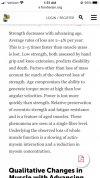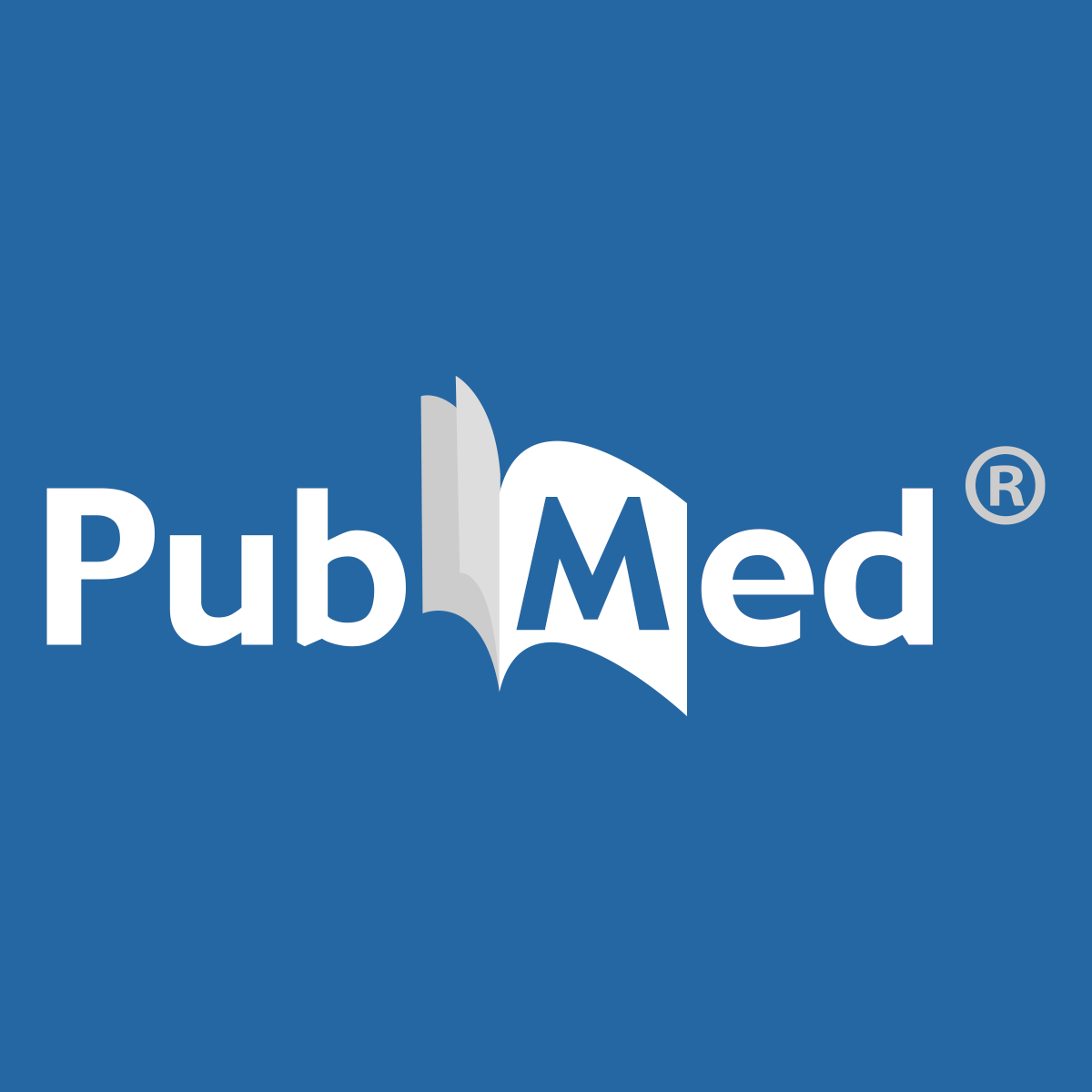I always find this subject a bit baffling.
Accepting sarcopenia and the slow walk of physical decay is a thing, and that training with the aim of growing muscle to offset muscle wastage with increasing age would, on face value, be a reasonable argument and in general a good thing.
To the general population, this shift of focus, from doing very little or those obsessed with endurance only pursuits, the aim of growing muscle would be beneficial.....but for those that already strength train or do power sport does it apply?
It's a health and fitness thing tapping into this longevity vibe. Various vectors get promoted or sexed up withing the industry....not a new shiny thing per se but something to induce a little health anxiety and fear of missing out....you know, a cynic might argue. And, it'll shift again to something else, sooner or later.
Put it another way....if you strength train 3x week anyway, replacing one or more with hypertrophy or even add a hypertrophy day may well be a good training tool in itself but does it help with vague longevity health goals which are already met by the strength training?
As far as I'm aware strength training involves the use of muscle.
Not against it, to be clear but to me, its applying the needs of a different population to the needs of another, whose needs are being met by doing the thing that the other population needs to do.
Rather like someone who does not need to lose weight but feels a need to do so on the basis that losing weight is good for longevity.
Strength training v hypertrophy training for longevity?
Take this binary distinction through to its binary end point....a strong wiry 80 year old or a muscle bound bodybuilding 80 year old. Who will live the longest, healthiest, remaining few years before taking up golf?



